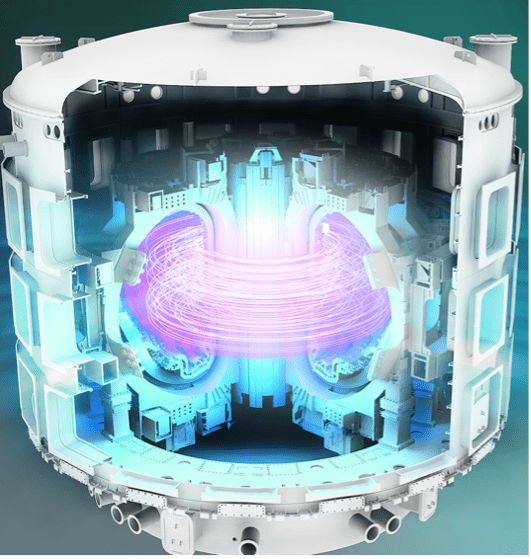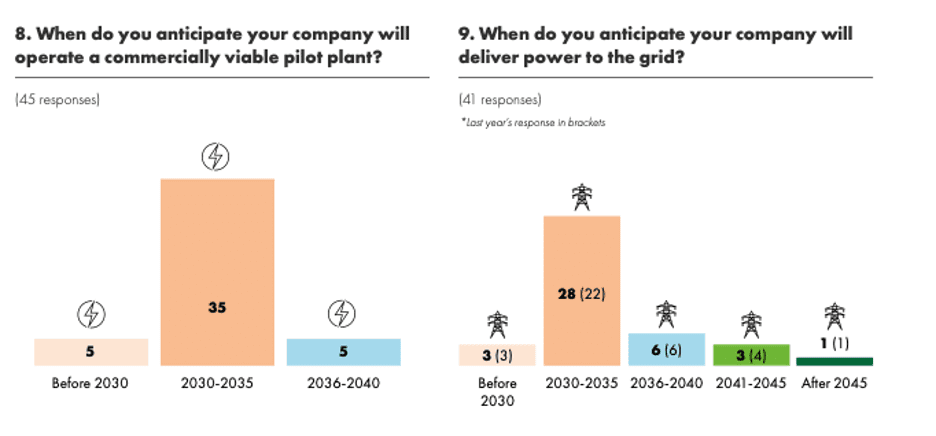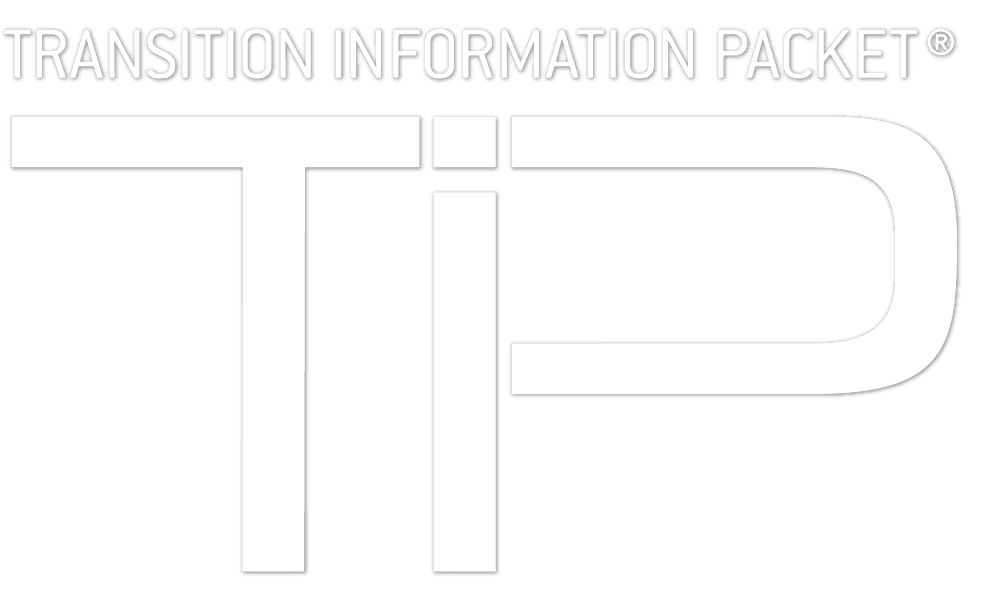Acceleration of coal technology – including production of coal-based carbon fiber – is an area of interest under the current presidential administration. This is signaled by President Trump’s Executive Order “Reinvigorating America’s Beautiful Clean Coal Industry” (April 2025), which highlights coal-based carbon fiber as a research and development area alongside other high-performance, high-value coal-to-carbon products like coal-derived graphite. It is also implied by the energy and water development appropriations bill passed by the House in early September 2025, which proposes $688 million for DOE’s Office of Fossil Energy and Carbon Management (FECM) or Office of Fossil Energy (FE). Alongside critical minerals and materials technology, coal and carbon utilization is a focus for FE under its Minerals Sustainability program.
The global carbon fiber market is expected to grow at a CAGR of 7.2% over the next five years, from $4.82 billion USD in 2025 to $6.82 billion in 2030, according to MarketsandMarkets. Widespread adoption of carbon fiber in the aerospace, defense, and wind energy industries continues to drive growth, as does increasing demand for lightweight, high-strength materials in the automotive, sporting goods, and construction industries. Most carbon fiber – about 90-95% – is made from polyacrylonitrile (PAN), a synthetic organic polymer resin also widely used to make acrylic fabrics. Pitch-based carbon fiber, made from petroleum or coal tar, accounts for about 4-5% of the overall carbon fiber market by value in 2025, . Coal tar pitch is obtained by distilling coal tar, a byproduct of coal coking, primarily carried out in steelmaking.
While today’s market for pitch-based carbon fibers (CFs) is relatively small, pitch-based CFs are attractive because they can offer higher rigidity and electrical and thermal conductivity than PAN-based CFs. They also offer higher carbon yield using cheaper precursors, so they have the potential to be cheaper, although PAN-based CF’s more mature manufacturing techniques can mean it is cheaper to produce at scale. Compared to petroleum pitch-based CF, coal-based CF is generally lower in tensile strength but also has a lower precursor cost, higher carbon yield, higher electrical and thermal conductivity, and is simpler to manufacture. Challenges remain, however, before coal-based CF can be produced cost-competitively at scale. Natural impurities in coal greatly affect the attributes of the resulting CF, and manufacturing improvements are needed to address variability in the source coal and pitch composition and determine processing control requirements. (For more information, see DOE publications on coal-based CF on OSTI.gov.)
Given the abundance and relatively low cost of coal in the U.S., Giraud-Carrier and Barlow (2022) point out that coal tar pitch is a carbon fiber precursor candidate that could reduce reliance on foreign suppliers while helping coal-producing communities continue to cope with the decline in domestic consumption of coal as fuel. Carbon fiber can even be produced from waste coal, left over from ongoing and legacy coal processing. The University of Kentucky Center for Applied Energy Research (CAER) announced the development of such a method in 2023 under the $10 million C4WARD: Coal Conversion for Carbon Fibers and Composites project, in collaboration with DOE FE and the Oak Ridge National Laboratory and its Carbon Fiber Technology Facility.
Top global manufacturers of carbon fiber in general include Hexcel Corp. (U.S.), Mitsubishi Chemical Group Corp. (Japan), Teijin Ltd. (Japan), Toray Industries Inc. (Japan), and Zhongfu Shenying Carbon Fiber Co. Ltd. (China). For coal tar pitch-based carbon fiber specifically, there are a handful of key, vertically integrated players, including Mitsubishi Chemical Group Corp. (Japan), Nippon Graphite Fiber Corp. (Japan) – an affiliate of Nippon Steel Chemical & Material (Japan), and Osaka Gas Chemical Co. Ltd. (Japan). Mitsubishi Chemical’s DIALEAD, Nippon Graphite’s GRANOC, and Osaka Gas Chemical’s DONACARBO are coal tar pitch-based carbon fibers used for aerospace, sports, and industrial applications, among others.
To learn more about innovations in coal-based carbon fiber and other coal-to-carbon technologies, consider checking out the American Carbon Society’s Carbon 2026 Conference, to be held July 12-17, 2026 in Charleston, SC.







